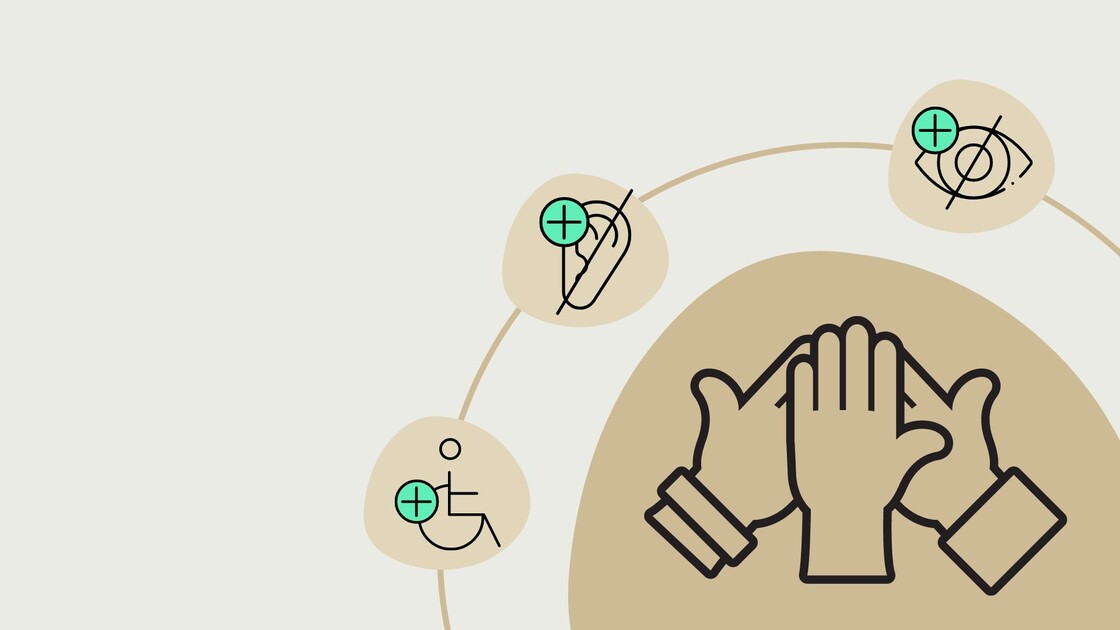Accessibility Barrier-free events - this is how it works!

Whether it's a conference, a team meeting or a Christmas party - when planning an event, it's best to think about accessibility right from the start. Especially in professional contexts, however, awareness is often still lacking.
When we started planning the Berlin Campaign Forum, we were faced with many questions about accessibility and therefore took a deeper look at the topic. In this way, we ensure an event that is not completely barrier-free, but barrier-free and makes it possible for as many different people as possible to participate. But let's start from the beginning: What needs to be considered so that an event is truly barrier-free?
The venue
Not only ramps and barrier-free toilets are important here, but also a central location that is as level as possible and easily accessible for all participants. Ideally, a venue should already be equipped with tactile guidance systems, have sufficient spacious and stable seating as well as quiet areas for retreat. As much as possible should be signposted on the day of the event at the latest. Anyone who is unsure can get support from Ramp-up.me, for example.
Barrier-free communication
The basic rule is: offer as many communication channels as possible. This starts with the invitation, which should, for example, be written in easy-to-read language, Braille and, if necessary, also in other national languages. For event websites, the usual measures for digital accessibility apply. If you point out local accessibility offers in advance and ask about needs, you increase the chance of acceptance and a profitable event for all. For example, it can be ensured that sign language interpreters are requested in good time, assistance dogs are given a bowl of water and the joint lunch takes into account all intolerances and diets.
Barrier-free or low-barrier?
There is no such thing as an event without barriers. This does not mean that resignation is the order of the day, but emphasises once again how important it is to communicate well. Many organisers prefer to speak of "barrier-free" rather than "barrier-free" to show that they are aware of the problem.
In any case, the least that can be done is to clearly indicate what accessibility measures you are taking for an event and where there may only be compromises - such as a streaming link for a conference that is not accessible to all without sufficient infection control measures or with only a limited number of wheelchair spaces.
Even when planning the Berlin Campaign Forum, we have not been able to implement an entirely barrier-free event. Instead, we have tried to reduce barriers, for example by choosing an easily accessible, barrier-free venue, asking early about dietary requirements and allergies, and adjusting admission prices to the financial means of participants. Nevertheless, there are many aspects of accessibility that we will only be able to implement in future events.
Inclusive events
The goal should always be to consider all possible participants and not only to consider individual disabilities, but also to ensure that other marginalised groups feel safe and seen. For example, making ticket prices fair, providing prayer rooms or making sure that diversity is not only in the audience but also on stage. After all, accessibility is not a chore, but a human right.
Wir gestalten nicht nur Veranstaltungen, sondern auch die dazugehörenden Kampagnen. Mit Leidenschaft und möglichst ohne Barrieren. Damit die Anliegen unserer Kund*innen Gehör finden.